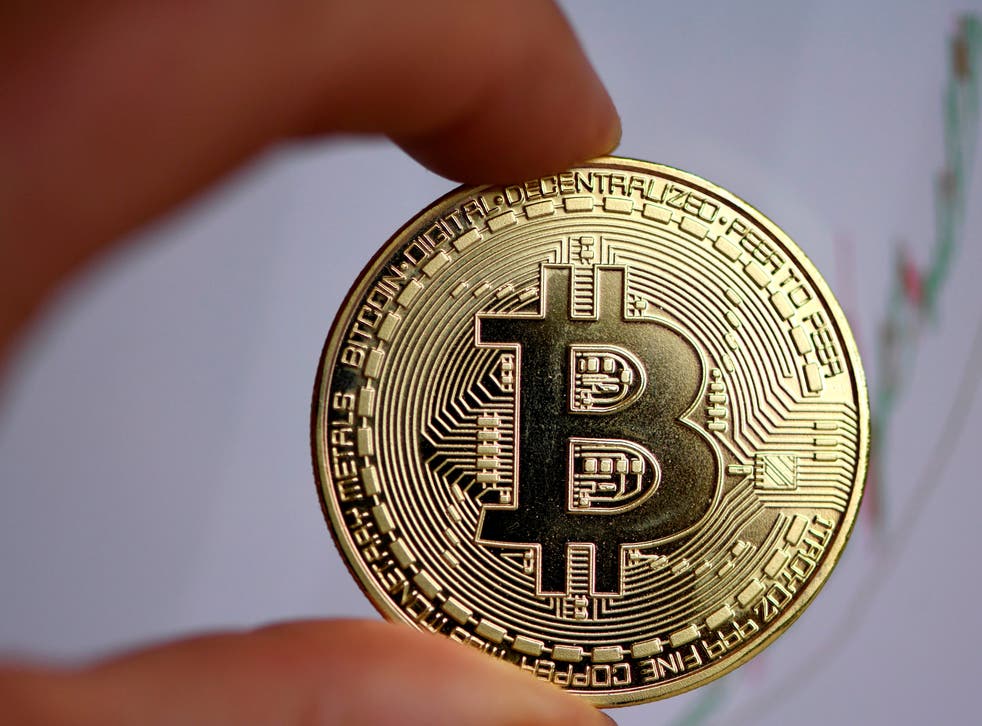Cryptocurrency
Tokens, on the other hand, are crypto assets that have been issued on top of other blockchain networks. The most popular platform for issuing tokens is Ethereum, and examples of Ethereum-based tokens are MKR, UNI and YFI https://cholonoir.com/. Even though you can freely transact with these tokens, you cannot use them to pay Ethereum transaction fees.
IEO stands for Initial Exchange Offering. IEOs share a lot of similarities with ICOs. They are both largely unregulated token sales, with the main difference being that ICOs are conducted by the projects that are selling the tokens, while IEOs are conducted through cryptocurrency exchanges. Cryptocurrency exchanges have an incentive to screen projects before they conduct a token sale for them, so the quality of IEOs tends to be better on average than the quality of ICOs.
Cryptocurrency works through networks of nodes that are constantly communicating with each other to stay updated about the current state of the ledger. With permissionless cryptocurrencies, a node can be operated by anyone, provided they have the necessary technical knowledge, computer hardware and bandwidth.
The two major categories of cryptocurrencies are Proof-of-Work and Proof-of-Stake. Proof-of-Work coins use mining, while Proof-of-Stake coins use staking to achieve consensus about the state of the ledger.

Cryptocurrency shiba inu
However, greater congestion on Ethereum means that transactions can get slower and more expensive in terms of gas fees. As a result, many scaling solutions have been launched that take care of both of these problems.
In his blog RYOSHI RESEARCH, he characterizes himself as “just some guy of no consequence tapping at a keyboard.” Ryoshi said that usually in projects there are different roles like a CEO, a “tech guy,” and a roadmap, resulting in “someone plebs can bitch at.” He stresses that with Shiba, no one person is accountable or responsible and underlines that he owns 0 SHIB to this day. For this reason, Ryoshi can be “pure and unbiased,” getting satisfaction from Shiba “in other ways.”
In January 2023, the Shiba Inu community leadership introduced Shibarium, a layer two blockchain designed to run on top of Ethereum. This update was released to reduce congestion, introduce staking into the ecosystem, lower gas fees, and provide a framework for decentralized applications and Web 3 expansion.
When it launched, SHIB was just one of many memecoins (to quote the gentlest possible term used by the crypto community) attempting to hang on to Dogecoin’s coattails. The likes of Baby Dogecoin, JINDO INU, Alaska Inu, and Alaskan Malamute Token, in particular, share certain similarities with SHIB.
After months of sideways trading, SHIB rose sharply on Oct. 2, 2021, from $0.00000766 to $0.00002913 by Oct. 13. Two weeks later, SHIB recorded its current all-time high of $0.000089 on Oct. 28, although the market has since corrected again.
Cryptocurrency bitcoin price
Bitcoin is a peer-to-peer online currency, meaning that all transactions happen directly between equal, independent network participants, without the need for any intermediary to permit or facilitate them. Bitcoin was created, according to Nakamoto’s own words, to allow “online payments to be sent directly from one party to another without going through a financial institution.”
On October 31, 2008, Nakamoto published Bitcoin’s whitepaper, which described in detail how a peer-to-peer, online currency could be implemented. They proposed to use a decentralized ledger of transactions packaged in batches (called “blocks”) and secured by cryptographic algorithms — the whole system would later be dubbed “blockchain.”
NFTs are multi-use images that are stored on a blockchain. They can be used as art, a way to share QR codes, ticketing and many more things. The first breakout use was for art, with projects like CryptoPunks and Bored Ape Yacht Club gaining large followings. We also list all of the top NFT collections available, including the related NFT coins and tokens.. We collect latest sale and transaction data, plus upcoming NFT collection launches onchain. NFTs are a new and innovative part of the crypto ecosystem that have the potential to change and update many business models for the Web 3 world.
This negative sentiment appears to have been broken, with a number of corporate behemoths buying up Bitcoin since 2020. In particular, business intelligence firm MicroStrategy set the pace after it bought $425 million worth of Bitcoin in August and September 2020. Since then, many others have followed suit, including EV manufacturer Tesla.

Bitcoin is a peer-to-peer online currency, meaning that all transactions happen directly between equal, independent network participants, without the need for any intermediary to permit or facilitate them. Bitcoin was created, according to Nakamoto’s own words, to allow “online payments to be sent directly from one party to another without going through a financial institution.”
On October 31, 2008, Nakamoto published Bitcoin’s whitepaper, which described in detail how a peer-to-peer, online currency could be implemented. They proposed to use a decentralized ledger of transactions packaged in batches (called “blocks”) and secured by cryptographic algorithms — the whole system would later be dubbed “blockchain.”
What is cryptocurrency
You can use crypto to buy regular goods and services, although most people invest in cryptocurrencies as they would in other assets, like stocks or precious metals. While cryptocurrency is a novel and exciting asset class, purchasing it can be risky as you must take on a fair amount of research to understand how each system works fully.
Bitcoin has been characterized as a speculative bubble by eight winners of the Nobel Memorial Prize in Economic Sciences: Paul Krugman, Robert J. Shiller, Joseph Stiglitz, Richard Thaler, James Heckman, Thomas Sargent, Angus Deaton, and Oliver Hart; and by central bank officials including Alan Greenspan, Agustín Carstens, Vítor Constâncio, and Nout Wellink.
With the help of a cryptographic technique, private keys are encrypted to create wallet addresses, which can be likened to bank account numbers. In essence, you need your private key to digitally sign transactions. This is essentially like broadcasting to everyone in the network, “I confirm I am sending this amount of X coin to this person.” In contrast, wallet addresses indicate the destination of transactions.
The nodes perform a variety of roles on the network, from storing a full archive of all historical transactions to validating new transaction data. By having a distributed group of people all maintaining their own copy of the ledger, blockchain technology has the following advantages over traditional finance where a master copy is maintained by a single institution:
In February 2014, the world’s largest bitcoin exchange, Mt. Gox, declared bankruptcy. Likely due to theft, the company claimed that it had lost nearly 750,000 bitcoins belonging to their clients. This added up to approximately 7% of all bitcoins in existence, worth a total of $473 million. Mt. Gox blamed hackers, who had exploited the transaction malleability problems in the network. The price of a bitcoin fell from a high of about $1,160 in December to under $400 in February.
